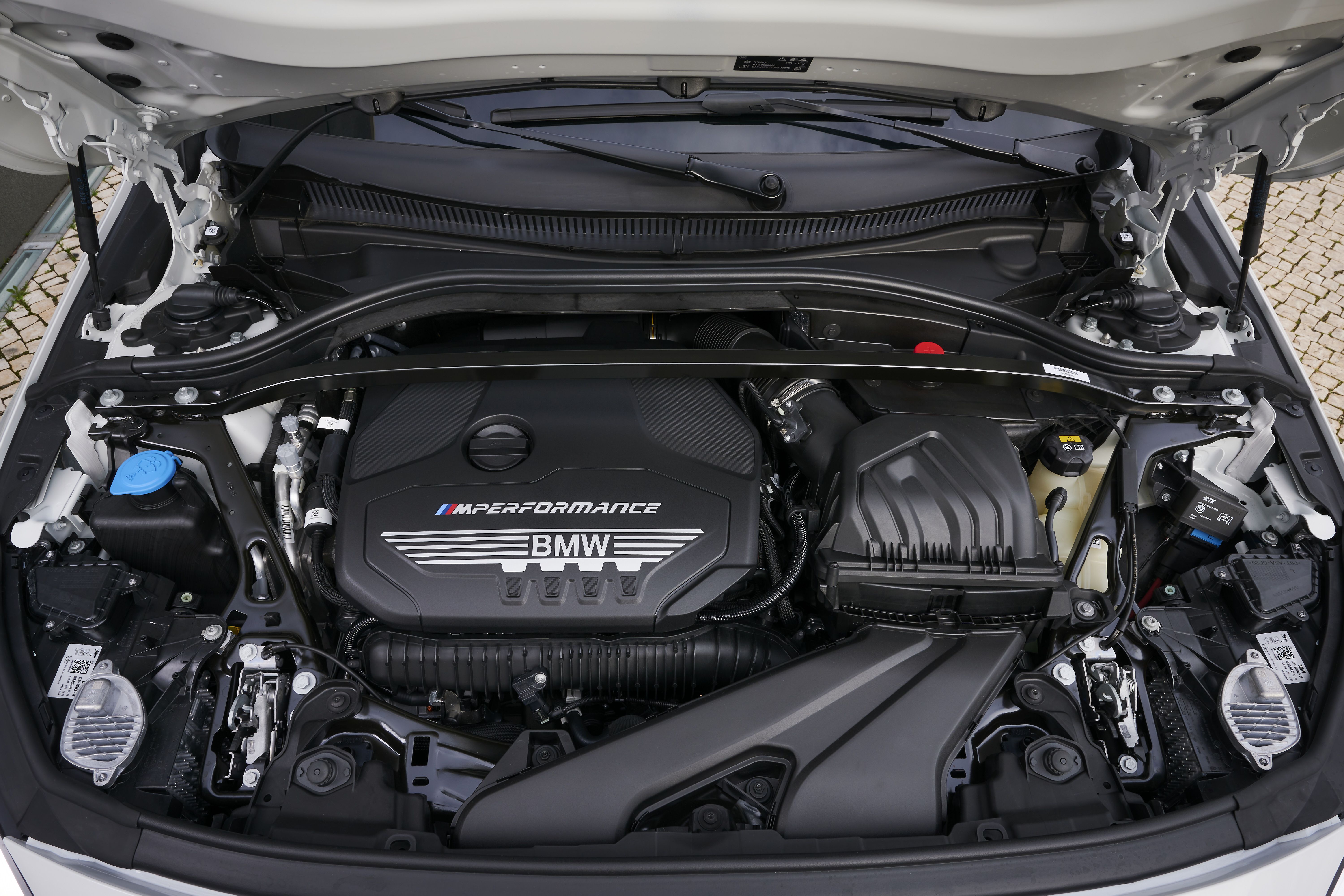Typical Issues Encountered by BMW Engine Owners and Exactly How to Resolve Them
Typical Issues Encountered by BMW Engine Owners and Exactly How to Resolve Them
Blog Article
Checking Out the Advancement of Burning Engines in Modern Transportation Systems
As we browse the landscape of modern-day transport, the advancement of burning engines stands as a testimony to human ingenuity and design prowess. From their humble beginnings to the advanced giants propelling cars today, burning engines have undergone a remarkable trip of development and adaptation. Understanding the intricacies of this advancement not just sheds light on the past however likewise paves the method for visualizing what lies in advance in the world of transportation modern technology. The interaction of background, technology, and environmental worries fit the trajectory of burning engines creates a story that is both compelling and insightful.
Very Early Beginnings of Combustion Engines
Just how did the concept of combustion engines very first arise in the very early stages of transportation development? The roots of combustion engines can be mapped back to the 17th century when the principles of internal burning were first checked out. In 1673, Christian Huygens conceived a basic interior burning engine that made use of gunpowder to create power. Nonetheless, it wasn't up until the late 19th century that useful applications of burning engines in transport began to emerge.
The breakthrough minute included the development of the very first effective gasoline-powered engine by Karl Benz in 1885 - bmw engine. This engine led the way for the advancement of the modern-day automobile, reinventing transportation systems worldwide. Subsequent developments by Nikolaus Otto and Gottlieb Daimler additionally improved combustion engine innovation, resulting in the automation of autos and the quick growth of the transportation market
These early burning engines were identified by their simplicity and efficiency, laying the foundation for the complex and powerful engines utilized in modern-day transport systems. The advancement of burning engines has actually contributed in shaping the method we travel and transfer products, noting a substantial landmark in the background of transportation growth.
Shift to Internal Combustion Modern Technology
The change to internal combustion technology noted an essential change in the evolution of transportation systems. This shift started in the late 19th century, with developers like Nikolaus Otto and Gottlieb Daimler creating the first successful inner burning engines. These engines revolutionized transport by providing a much more powerful and efficient alternative to vapor engines and electric motors.
One of the key advantages of internal combustion engines was their capacity to be scaled down to fit right into lorries, causing the development of cars and bikes. This shift from cumbersome, stationary engines to small, mobile ones led the way for the modern transport systems we see today.
The transition to interior burning innovation additionally spurred improvements in gas innovation, leading to the development of gas and diesel as key gas resources for lorries. This change not only made transport a lot more available to the masses yet also laid the structure for the oil and gas market to become important to global economies.
Effect of Combustion Engines on Transport
The fostering of combustion engines in transportation systems militarized a profound shift in the performance and rate of worldwide movement. Combustion engines transformed transportation by offering a trustworthy and functional resource of power for various vehicles, including cars and trucks, vehicles, ships, and planes. This development substantially improved the capacity for items and individuals to conform long distances in shorter period, causing raised connectivity in between areas and countries.
Additionally, the widespread use combustion engines has actually had a substantial influence on financial advancement. The capacity to deliver goods efficiently has spurred profession and commerce, allowing organizations to increase their markets and get to consumers worldwide. This has actually assisted in financial growth and globalization, as items can currently be moved faster and in larger amounts than ever.
Nevertheless, the ecological influence of burning engines can not be forgotten. The burning of nonrenewable fuel sources has actually brought about air pollution and greenhouse gas emissions, contributing to climate modification and positioning wellness risks to populaces. bmw engine. Consequently, there see page is a growing focus on establishing alternative propulsion modern technologies to minimize these unfavorable impacts and create a more lasting future for transportation
Innovations in Burning Engine Layout
Numerous developments in burning engine design have pushed the evolution of transportation systems over the years. One noteworthy innovation is the advancement of turbocharged engines, which make use of exhaust gases to drive a wind turbine that presses incoming air, permitting more fuel to be burned, causing boosted power outcome without a considerable rise in engine size. Furthermore, direct shot modern technology has enhanced fuel performance and performance by precisely managing the quantity and timing of gas infused into the combustion chamber. Variable valve timing systems have additionally changed engine style by enhancing airflow at different engine rates, improving both power and efficiency. One more considerable advancement is the assimilation of lightweight materials such as carbon fiber and light weight aluminum alloys, lowering total engine weight and enhancing vehicle fuel economic situation. Innovations in computer-aided layout have actually allowed engineers to optimize engine efficiency and performance through simulations prior to physical prototypes are built, conserving time and resources in the growth process. These innovations collectively add to the continuous improvement of combustion engines in modern-day transportation systems.
Future Patterns in Combustion Engine Advancement
With technology developments driving continual technology, the future of combustion engine development is positioned to reinvent transport systems around the world. One Discover More of the vital patterns in combustion engine advancement is the press in the direction of better performance and minimized discharges. Producers are spending greatly in study and development to enhance engine efficiency while fulfilling rigid ecological policies. This consists of the combination of innovative gas injection systems, boosted turbocharging methods, and making click for source use of light-weight materials to maximize fuel intake and decrease carbon discharges.
An additional famous fad is the adoption of hybrid modern technologies in combustion engines. Hybrid engines integrate standard combustion modern technology with electric power, offering boosted fuel performance and lower emissions. As the automotive industry changes towards electrification, hybrid burning engines are seen as a transitional option that connects the gap between traditional cars and totally electric ones.
Furthermore, the combination of clever modern technologies, such as expert system and data analytics, is expected to play a substantial role in the future of combustion engine growth. These modern technologies can optimize engine efficiency in real-time, resulting in more reliable combustion processes and enhanced general automobile efficiency. Welcoming these future trends will certainly not only drive development in burning engine advancement however also add to a more sustainable and eco-friendly transportation ecosystem.

Conclusion
In verdict, the development of combustion engines in modern transportation systems has been noted by considerable innovations in technology and layout. From the early beginnings of combustion engines to the change to interior burning technology, these engines have actually had an extensive influence on transportation.
The origins of burning engines can be traced back to the 17th century when the concepts of inner burning were initial checked out. These engines changed transportation by offering an extra effective and effective choice to steam engines and electric motors.

Report this page